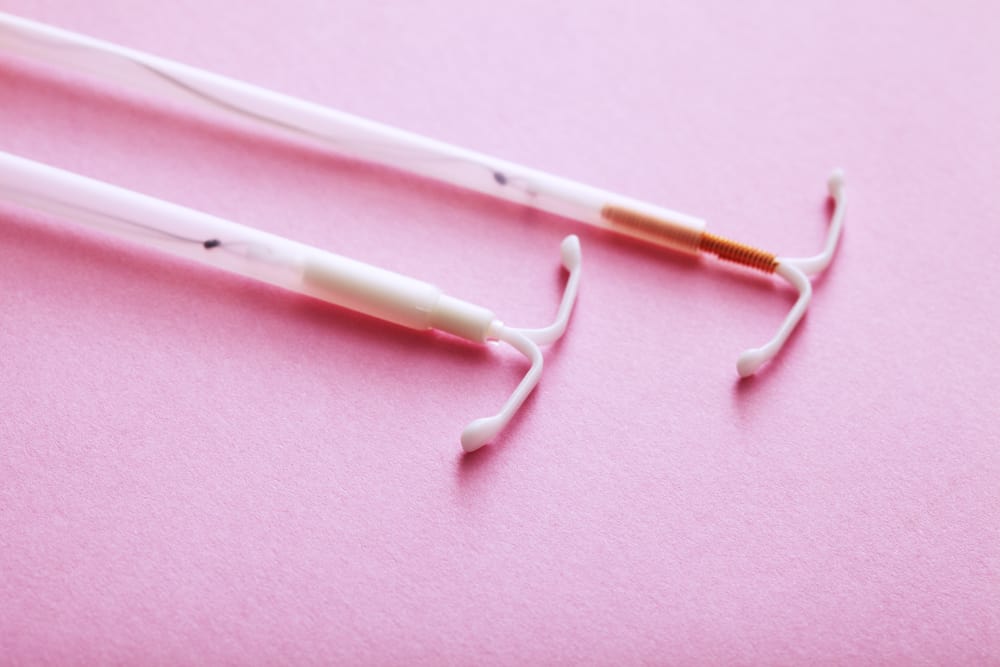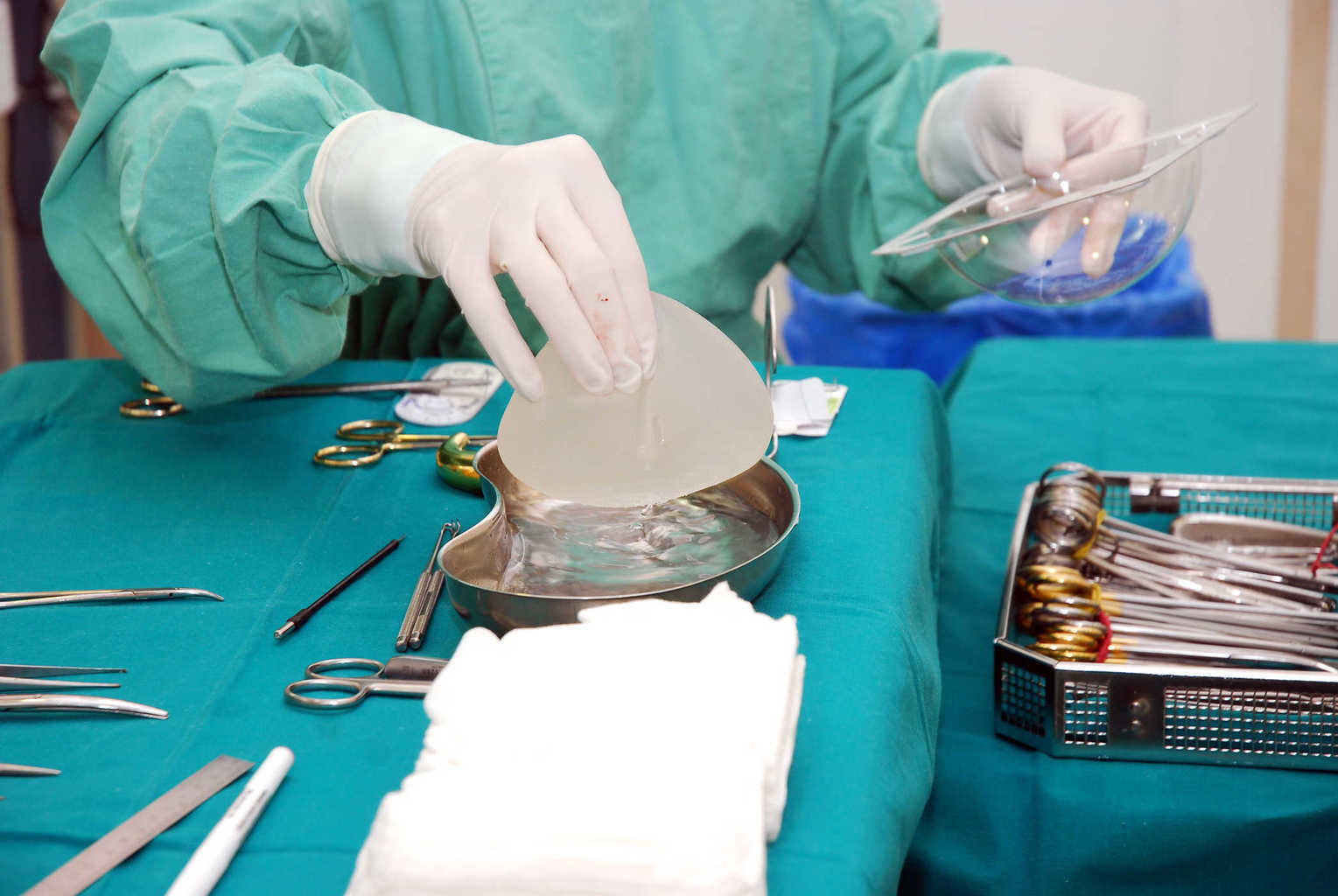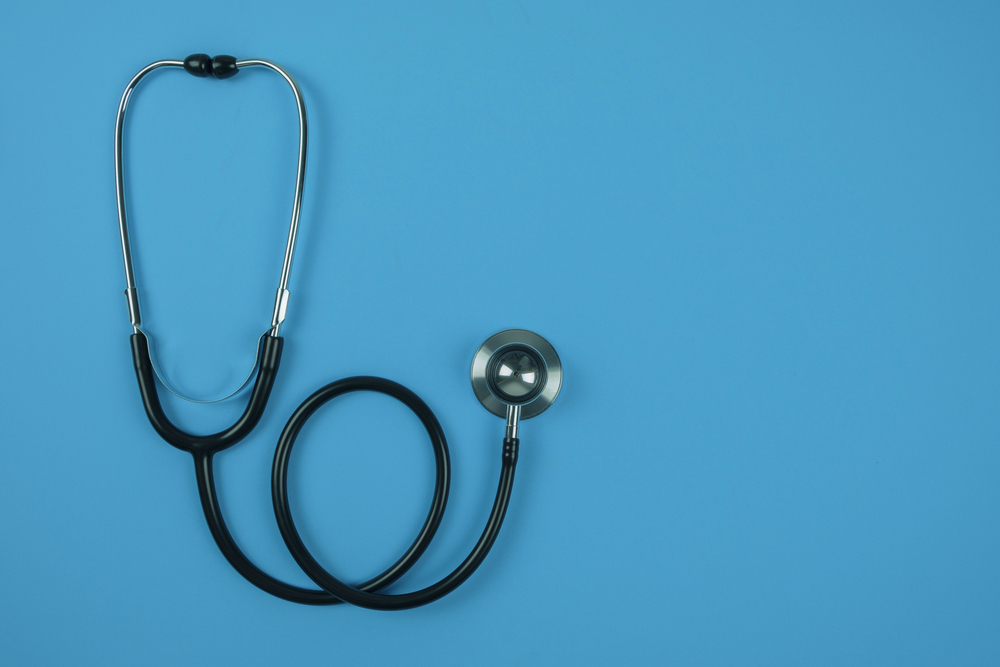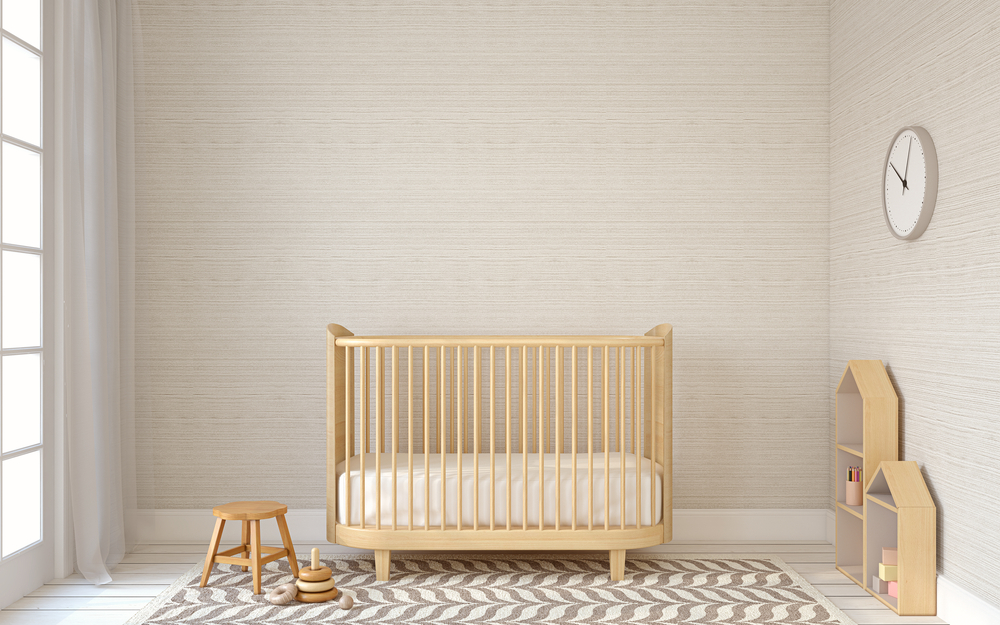Contents:
- Medical Video: Patient Education Video: Intrauterine Device (IUD)
- Signs that you must realize when the position of the IUD shifts
- 1. IUD strings are longer or shorter, not even felt
- 2. Pain when having sex
- 3. Severe abdominal cramps
- 4. Unusual vaginal bleeding
- 5. Abnormal vaginal discharge
- Could the shifting IUD have an impact on health?
- When to see a doctor?
Medical Video: Patient Education Video: Intrauterine Device (IUD)
Intrauterine Device (IUD) or better known as KB Spiral is embedded in the uterus to prevent pregnancy. Direct pregnancy can be prevented after the first time you set it up, and can last for years without having to change the appliance or refill prescriptions. With a note, the position of the IUD must be right and not shift. The position of the IUD shifting from its original location can reduce the efficacy of the device to prevent pregnancy. Therefore, you need to know and realize the signs that the position of the IUD has shifted position.
Signs that you must realize when the position of the IUD shifts
1. IUD strings are longer or shorter, not even felt
At the bottom end of the IUD is a string of straps (string) which is quite long. That is why when it is placed in the uterus, the doctor will cut a little of the rope. Ideally, you can feel where the rope is located.
When you realize that the rope is even shorter or longer than before, this is a sign that the position of the IUD is shifting. In some cases, the position of the shifting IUD can even pull the string into the vagina so that it looks like "swallowed".
2. Pain when having sex
If you later complain of pain during sex even though it was never before, this might be a sign of an IUD that should have dropped into the uterus to the cervix.
On the other hand, you may not realize it. Conversely, it is precisely your partner who feels that the position of the IUD shifts and is not in place.
3. Severe abdominal cramps
Most women will experience abdominal cramps for a few days after inserting an IUD and during menstruation, especially if using copper spiral KB. Abdominal cramps as a side effect of this installation do not feel very painful.
If over time you realize that the cramping pain is getting stronger and lasts a long time, this might be a sign of your IUD moving location. However, abdominal cramps are not always a guarantee of the position of the IUD shifting. So to be sure, check with your doctor.
4. Unusual vaginal bleeding
Just like abdominal cramps, the installation of spiral KB can make some women experience spots or mild blood spots.
The type of spiral KB that you use also affects your menstrual bleeding. Users of hormonal IUDs tend to experience menstrual bleeding that is much lighter than normal, or even not menstruating at all after the body adapts to the IUD. Conversely, copper IUDs often make menstruation heavier.
So, it's important to be aware of the pattern of your menstrual bleeding before and during your IUD. If bleeding is more severe than usual, it may be because the position of the IUD shifts from its place.
5. Abnormal vaginal discharge
Leucorrhoea is the body's way of cleaning the vagina. On the other hand, vaginal discharge can also be a sign that the position of the IUD has deviated - especially if the amount of fluid and color of vaginal discharge is not normal. Normal vaginal discharge should be colorless and odorless.
A lot of leucorrhoea, greenish in color, to cause an unpleasant smell can be a sign that the position of the IUD is shifting. However, it can also be caused by a vaginal infection. It is best to contact your doctor immediately to find out what is the main cause.
Could the shifting IUD have an impact on health?
The position of the IUD is shifting, either partially or completely to the exit of the uterus, can increase the risk of unwanted pregnancy.
In addition, the location of the deviated IUD can also cause some serious health complications, such as:
- Perforated uterus or wounds in the uterus.
- Infection.
- Pelvic inflammatory disease.
- Heavy bleeding, causing anemia.
This complication is rare, but requires immediate medical help so as not to develop into a more severe problem. So, immediately consult a doctor if you suspect the position of the IUD has changed from its original location.
If you are still using an IUD but conceded to pregnancy, this can increase the risk of miscarriage or an ectopic pregnancy.
When to see a doctor?
Medical examination is needed for women who experience severe cramps, severe bleeding, fever, and vaginal pain lasting long enough. These symptoms can indicate that the position of the IUD you are using has shifted position, causing complications.












